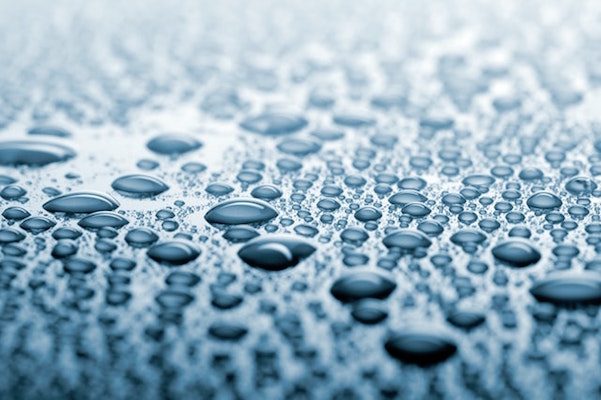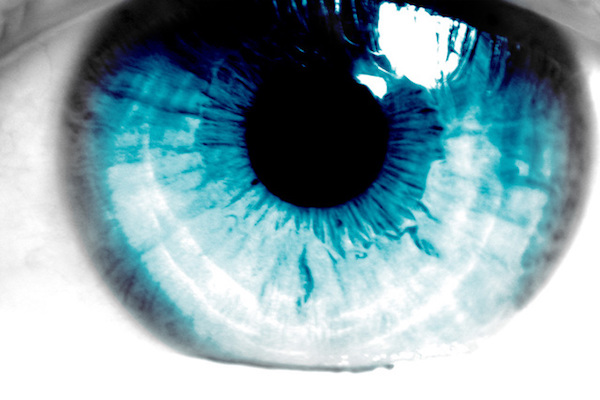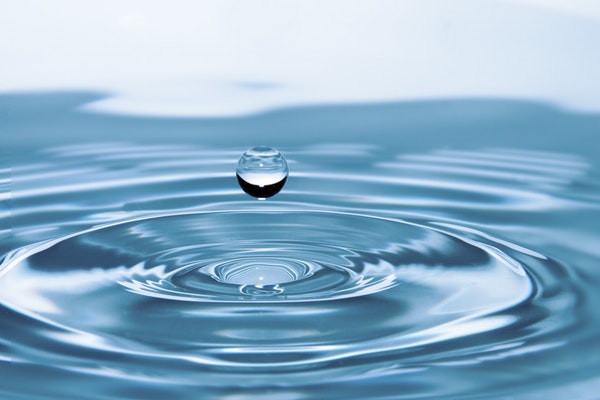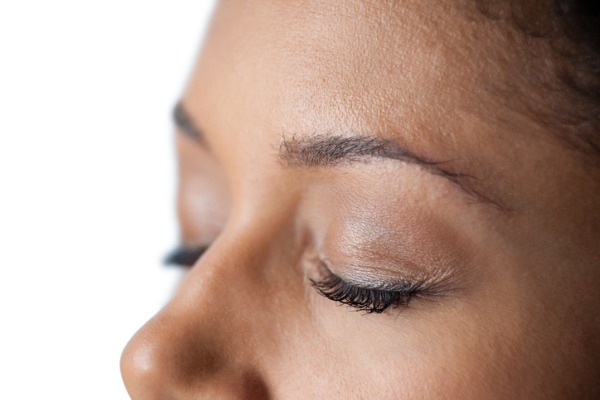
Dry Eye Treatments – An Updated Review
If you are suffering from dry eye disease, help is out there. Make sure to schedule an appointment with your eye doctor to discuss the best treatment options for you.
In my first dry eye post, I talked about proactive measures to combat dry eye disease. In my second post, I talked about rational causes for the recent surge in dry eye cases. In my third and final post in this series, I’ll go over the most current list of treatments and review the impact of systemic medications. But first, it makes sense to review the signs and symptoms of dry eye. I’ve covered several symptoms in my previous posts, which include:
- Burning or stinging
- Redness of the eyes or eyelids
- Itching
- Light sensitivity
- Eye fatigue
- Contact lens irritation
- Foreign body sensation
If you’re experiencing any of these symptoms, you should consult your eye doctor right away. Once a dry eye diagnosis is handed out, your eye doctor can locate your position on the spectrum of signs and symptoms. As a result, the best possible outcome should be expected because the correct treatment can now be pursued. In the meantime, it should be noted that SYMPTOMS of dry eye usually indicate an early stage of the disease. As symptoms and SIGNS begin to overlap, it means the disease is progressing.
Signs of dry eye include:
- Decreased tear production
- Decreased tear break up time
- Corneal staining
- Increased osmolarity (more concentrated tears)
- Meibomian gland disease
Basic lifestyle modifications:
When dry eye symptoms start to show, patient and doctor need to work as a team, and one of the most basic aspects of teamwork is communication. To control the problem, the doctor needs as much information as the patient can give about home and work environments, medications, contact lens wear, cosmetics, and/or any other potentially contributing risk factors. Transparency on the part of the patient will help bring the solution to light. When the correct amount of information is gathered, the patient will be encouraged to make obvious changes while keeping an eye out for causes that could be flying under the radar. In order to reduce discomfort, the patient needs to start by controlling the things that are controllable. Some of these things are basic lifestyle modifications, which include:
- Drinking more water
- Consuming Omega-3’s (from foods or supplements)
- Cutting out processed foods and sugar
- Improving serum levels of Vitamin D
- Using over-the-counter preservative-free artificial tears and gels
- Taking frequent breaks from near work (on computers or handheld devices)
- Adding a home and/or office humidifier
- Making better cosmetic choices (picking the ones with the least amount of chemicals)
If you’ve completed many of these basic lifestyle modifications and you’re still experiencing signs and symptoms of dry eye, it may be time to consider prescription eye drops. Ideally, the right eye drops will improve signs and symptoms. However, it may take some time depending on the patient, but relief will eventually occur.
Current treatment options:
Current dry eye therapies are getting good results for most struggling patients. But when we need to take things a step further, we have a rather large arsenal to choose from. Ideally, we start with the most basic treatments and work our way up to the advanced ones as needed. As of right now, the more popular dry eye treatments are:
- Artificial tears and gels
- Eyelid hygiene
- In-office heat therapy
- Prescription therapy
- Punctal occlusion
When using artificial tears and gels, it’s best to choose preservative free options. You’ll likely need to use these products several times a day so you should choose the ones with the least amount of chemicals. To practice basic eyelid hygiene, warm compresses and lid scrubs can be used to keep meibomian glands functioning properly. These particular glands line the eyelid margins and are responsible for producing healthy oil that prevents tears from evaporating too quickly. In-office heat treatments typically give better support to meibomian glands and can provide relief for several months at a time. This is done by applying heat to the eyelids using highly specialized tools to melt clogged oil. Punctal occlusion is another in-office treatment, which works best in combination with some of the above listed treatment options. However, the most common therapies are prescription medications, which include pulsed topical steroids, cyclosporine, and lifitegrast.
More advanced dry eye treatments include serum tears, which are made by drawing blood and spinning it into an artificial tear-like substance. Using an amniotic membrane is also an option for difficult cases. This procedure is best described as placing a contact lens-type of device on the eye in order to improve the condition of the ocular surface. The use of an amniotic membrane is a highly effective treatment, but it may need to be repeated more than once to generate the most impact.
The role of medications in dry eye:
Certain systemic medications can significantly contribute to dry eye disease. In fact, there’s a good chance that you’ve never encountered dry eye until you started a prescription medication protocol. In order for your eye doctor to initiate the proper method of treatment, the use of all medications need to be disclosed. The following is a list of commonly prescribed drug classes that can significantly alter tear production, which leads to increased signs and symptoms of dry eye:
- Diuretics and beta blockers
- Anti-histamines
- Anti-anxiety medications
- Anti-depressants
- Anti-psychotics
- Anti-cholinergic medications
Diuretics and beta blockers are typically used to treat high blood pressure. Anti-histamines are given to treat allergies and are often taken on a seasonal basis. Anti-anxiety medications can cause uncomfortable sensations around the head and eyes, while anti-depressants and anti-psychotics (schizophrenia, bipolar disorder) exponentially worsen symptons of dry eye. Most of these medications belong to the larger class known as anti-cholinergic drugs, which suppress the ability of the body to produce tears and ultimately lead to increased risk for dry eye.
Live in Your OcularPrime:
As 2019 rolls along, there’s no question that more help is on the way for the majority of dry eye sufferers. This is because several medical and pharmaceutical companies are realizing the importance of combating this threatening disease in a timely manner. In the meantime, most of us in the world of health and eye care are quite pleased with the current offering of available treatments. We’ve been getting good results and we’ll continue to do the best with what we have. However, we’re always looking toward the future and we’ll definitely welcome new advancements as they become available.
Unfortunately, one glaring challenge that exists right now, and may continue to exist in the future is the cost of dry eye treatments. Sadly, the right medications for certain patients aren’t always affordable and without reasonable healthcare, the prices of some medications are completely outrageous. We can only hope that competition will drive prices down with every new dry eye treatment that comes to market. If this isn’t the case, the healthcare system will have more unwanted problems on their hands. It goes without saying that the government along with the medical and pharmaceutical industries will have their hands full in addressing these problems.
If you are suffering from dry eye disease, help is out there. Make sure to schedule an appointment with your eye doctor to discuss the best treatment options for you.
To take a closer look at health and eye care, keep checking in at ocularprime.com







